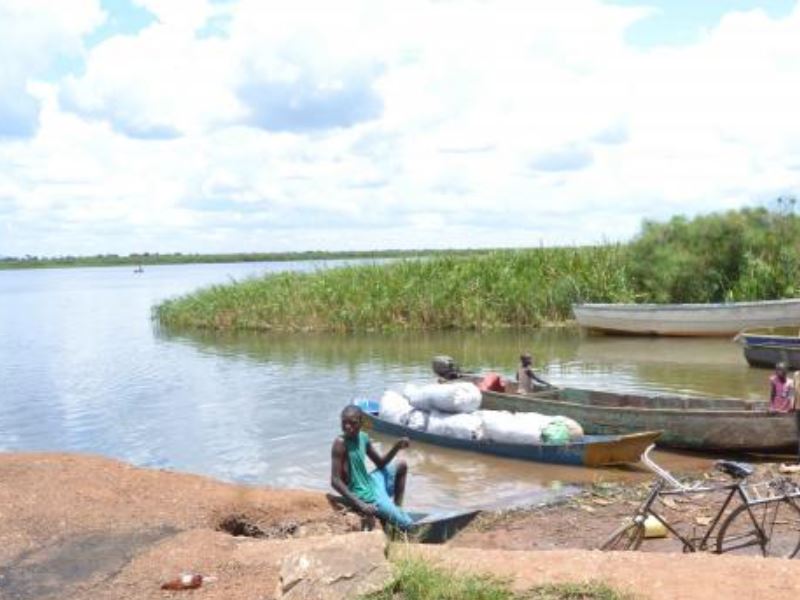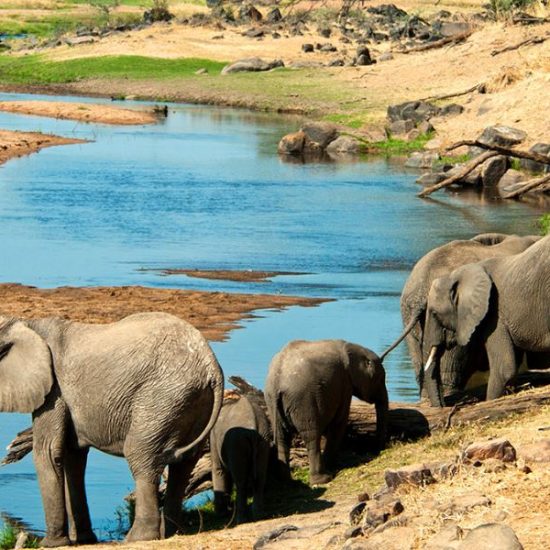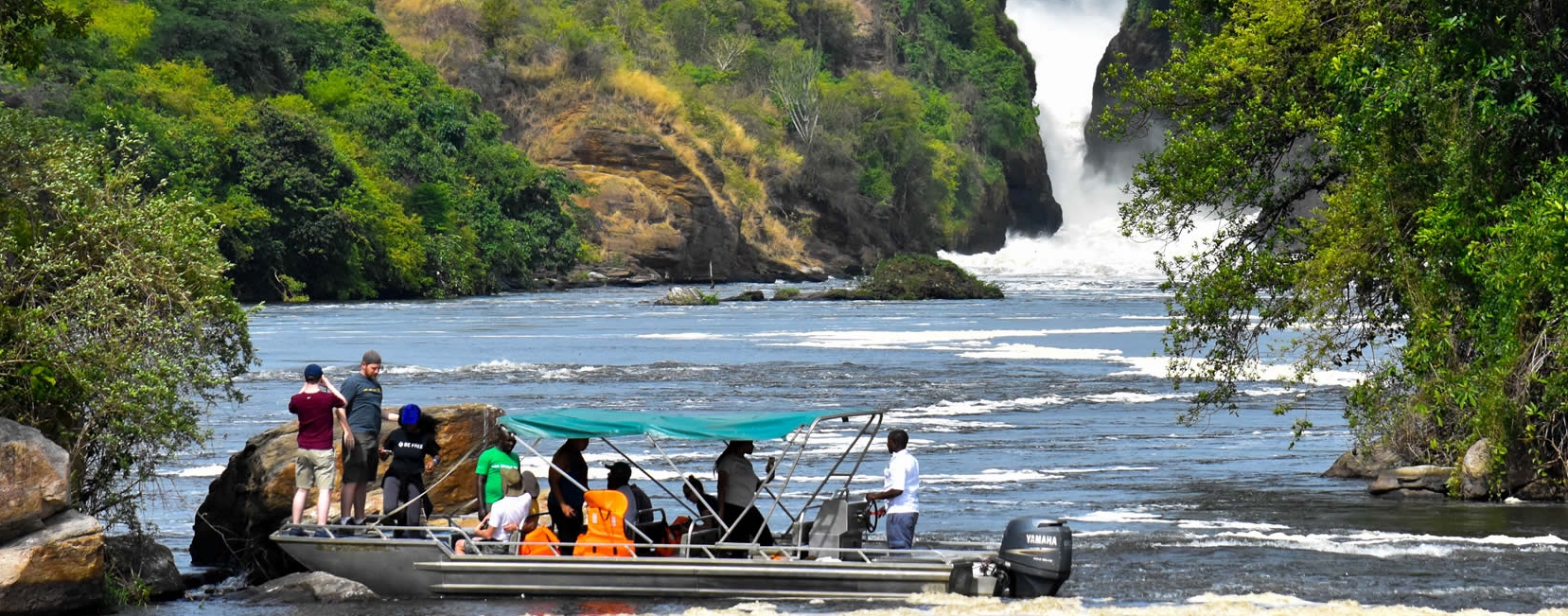
The Geographical Center of Uganda
Most people in the country believe that the geographical center of Uganda is in Kampala since its always known as central Uganda. Kampala the capital city sits at the heart of the country and serves as the main hub for government, business and education.
The city thrives with a mix of modern infrastructure and historical sites, including the Uganda Museum, Kasubi tombs and Namirembe cathedral among others.
Being a very busy place with good infrastructure, it became central Uganda because it connects people from all parts of the country. It is in Kampala that you will get all the tribes. There are remarkable places such as in Banda (Acholi Quarter) hosts more of the Northern tribes and the districts along the Northern highway.
Ntinda is more of the western tribes and the districts along Kampala – Masaka highway. However, that fact still does not make Kampala the geographical center of Uganda.
Brief information about the geographical center of Uganda
Amolatar Monument in Amolatar District marks the geographical center of Uganda. This monument displays the names of all the ethnic tribes in Uganda and symbolizes the country’s geographical center.
The government recognizes Amolatar District as the center of Uganda, though the exact method used to determine its coordinates remains unclear.
Amolatar District
Amolatar District is formed in 2005, sits in Lango sub-region and has a rich history. The peninsula in Amolatar did provide a refuge to various tribes during the Karamojong cattle rustling of 1970s-1990s and many of those settled in the District.
Every September, people from different tribes gather at the monument to offer prayers in appreciation of the protection they received during those difficult times.
Amolatar District, located in Northern Uganda, holds historical and geographical significance. It sits between Lake Kyoga and Lake Kwania making it a region rich in natural beauty and biodiversity.
One of the most notable landmarks is the Uganda tribes’ monument, which makes the geographical center of Uganda. This monument displays the names of all the 56 tribes in Uganda and symbolizes national unity.
56 equidistant poles surrounds the monument representing each tribe, creating a powerful visual representation of harmony. The district’s economy thrives on subsistence agriculture, animal husbandry and commercial fishing from the nearby lakes. Most of the people are fisher mongers due to the availability of fish in Lake Kyoga and Kwania.
Farmers do cultivate crops like cotton, cassava, sunflower, soybeans, oranges, bananas and maize. The region also supports livestock farming including cattle, goats and poultry.
Local leaders are working to develop Amolatar as a national tourism destination. Get time and have an educational tour in Amolatar.
Tourism activities that one can do while in Amolatar the geographical center of Uganda and the neighbouring districts
Uganda tribes Monument
Visit the Uganda tribes’ monument while in Amolatar. This landmark marks the geographical center in Uganda and symbolizes national unity. It features the names of all the 56 ethnic tribes in Uganda and its a place worth visiting.
Explore Lake Kyoga and Lake Kwania

Lake kwania, a very good birding spot
Lake Kwania is the continuing of lake Kyoga. This lake provides a lot of opportunity for the visitors and the local community to do things like fishing, boating and bird watching. The surrounding wetlands attracts various birds’ species, making it a great spot for bird enthusiasts.
Cultural and historical tours
Amolatar has a rich history, especially regarding the migration and settlement of different tribes. You can visit local communities to learn about their traditions and the way of life.
Annual prayer gathering
Every September, people from different tribes gather at the Uganda tribes Monument for prayers and reconciliation. This event promotes unity and offers a unique cultural experience.
Local market and handicraft
Amolatar has a local market where visitors can buy the fresh produce, traditional clothing, handmade jewelry and other local crafted items.
Besides the stunning attractions in Amolatar District, you can as well tour the neighboring districts like Lira. Lira district has a lot to offer such as the landscapes, culinary, Lira main market, traditional dances like okeme dance, kiri dance among others. Reach Okole swamp, the largest swamp in Northern Uganda for an amazing birding opportunity.
Late April, May and June is always a month of mangoes in Northern Uganda, come and eat until you cannot eat further.
Northern Uganda is a very interesting place to visit and most of the foods in the place are seasoned. Around the month of October, November and December going to early January is always the season of sweet citrus fruits. If you are a lover of citrus, visit the place around that time.
Akokoro in Apac District is a gem of history. It is a home village to Dr. Milton Obote the 2nd president of Uganda from 1966-1971 and as well his resting place.
Reach Ibuje hill still in Apac and witness tyen Olum (the foot of Olum). Olum was the leader of the Luo with his three sons Gipir, Labongo and Tifool. Be able to discover the full history of the Luo by visiting the site.
Barlonyo Memorial site
Barlonyo Memorial site in Ogur Lira city is a dark tourism site. The Lord Resistance army (LRA) rebels killed over 300 people in Ogur on 21 February 2004.
The Lord Resistance Army rebels attacked a refugee camp in Barlonyo village, did kill over 300 people. The victims were brutally murdered, some burnt alive, and others hacked with machetes, stabbed or shot as they tried to flee.
Visit Ngetta Hill
Ngetta hill is located in Lira East, a historical monument site in Uganda. The hill holds the rich history of the Lango. Ngetta hill provides a very good hiking and birding experience. Enjoy the beautiful scenery of Lira city and the surrounding districts while at the hill.
Be in position to view Otuke hill while in Ngetta hill. Otuke hill is one of the notable hills in Uganda. Carry some snacks as you enjoy a cool evening with nature.
The site serves as a memorial to honor those who lost their lives. A mass grave, estimated to be 200 meters long, holds the remains of the victims.
Homestead touring
Homestead tours allows one to spend time with the community. You can spend like 3 days, 1 week, 2 weeks or more with the community.
Tourists stay in the same home with the community as they learn and carry out the daily routine in a home. This encourages a healthy living and a good rapport.
Northern Uganda is one of the hidden gem in the country with few tourists visiting the place. For a tourist that loves nature, culture and culinary, Northern Uganda is the best place to visit. Book your trip with Beyond sight safaris, where every trip is a story.





